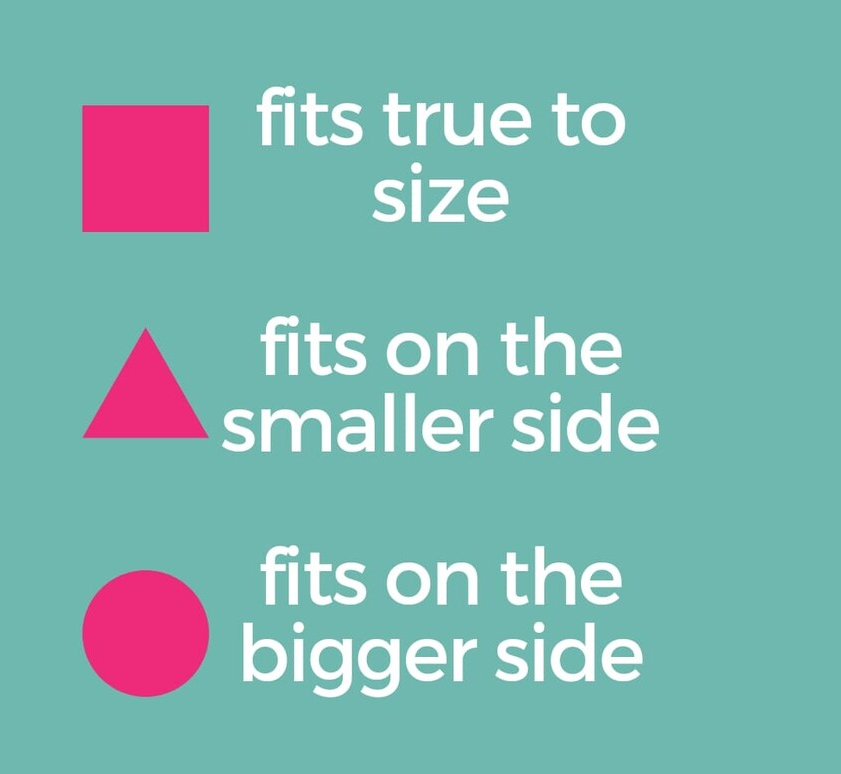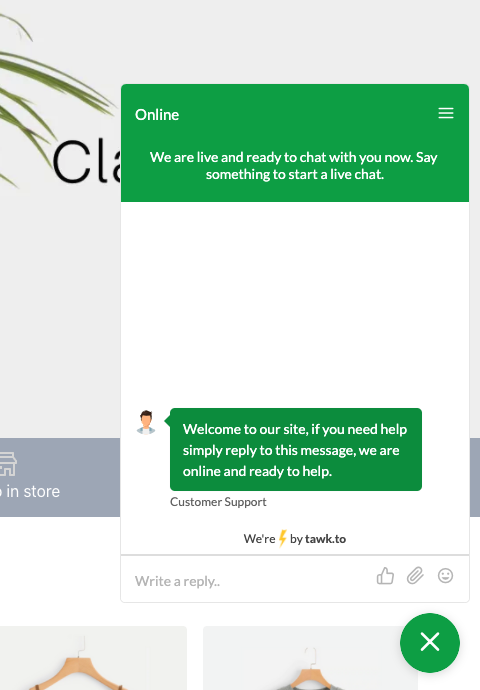Whether you’re just starting out with a clothing e-commerce store or have been managing one for a while, staying competitive and growing your brand should always be a priority. With the constant influx of new clothing brands into the market, competition is becoming fiercer by the day.
Consumers now have a vast array of choices, not just from large fashion houses but from an increasing number of independent labels. In response, major brands are investing heavily to maintain their dominance and market share.
“Innovation and customer-centric strategies are essential to overcoming this challenge.”
Disrupting the clothing e-commerce landscape requires fresh thinking and innovative approaches. By adopting strategies that cater to modern consumers’ needs and expectations, your brand can carve out a niche and grow significantly. Here are some powerful tips to boost sales and differentiate your clothing store in a crowded market:
Many consumers still love the experience of shopping in physical stores, where they can browse, try on clothing, and make confident purchase decisions. Unfortunately, online shopping doesn’t always provide this same level of interaction, and many clothing websites fail to recreate this experience.
To stand out, your online store should offer a personalized shopping experience that mirrors the in-person one. Begin by thoroughly understanding your buyer personas and leveraging technology to tailor the shopping journey. This could include customized lookbooks, personalized outfit recommendations, and styling advice based on each customer’s preferences.
One of the biggest challenges for online clothing stores is sizing. Consumers often hesitate to purchase items because they’re unsure if the clothes will fit or look as expected. The inconvenience of ordering the wrong size, waiting for delivery, and then dealing with returns discourages potential buyers from trying new brands.
An effective way to address this issue is to inform the buyers better about how the size of a given item correlates to common standards. Zara utilizes this functionality for many years with great success.

Zara's sizing system
Seeing this, users immediately know if they need to pick one size larger or smaller than usual. Similar effect can be achieved on your own Shopify store using one of free sizing apps, for example Perfect Fit Size Guide. Using the app you get following size markers on your storefront:
Returns are a significant challenge for online clothing stores, both financially and logistically. Incorrect sizing or dissatisfaction with purchases often leads to costly returns, which hurt profit margins and damage the customer experience.
To reduce the volume of returns, focus on solving the root cause—sizing inaccuracies—by offering correct customer information as discussed above. Additionally, simplifying your returns process can make a significant difference.
Consider offering free, hassle-free returns, or provide innovative solutions similar to ReturnGO's' approach. The ReturnGO Returns & Exchanges Shopify app allows you as a shop owner to offer users an exchange instead of a return. In many cases, this allows you to avoid losing money.
A poor customer service experience can be a dealbreaker for online shoppers. Unlike in physical stores, where shoppers can get immediate assistance, the online experience can feel disconnected. Long response times and impersonal communication often leave customers frustrated.
One way to tackle this is by utilizing help desks such as Tawk.io. Instead of traditional methods like phone calls or emails, encourage your customers to reach out via live chat right on your store for quick responses. Live chat is a significantly quicker way to communicate and resolve customer problems.

Example of Tawk.io live chat in action
By building a responsive, live chat customer service system, your brand can enhance trust and loyalty, ultimately driving more sales. Moreover, Tawk.io provides the possibility to utilize AI-driven chatbots that answer common questions automatically.
One of the most common reasons for abandoned shopping carts is a lack of trust. Consumers are often hesitant to input their payment details if they perceive the website as unprofessional or insecure. Key indicators such as poor design, a lack of security badges, and third-party payment gateways can erode consumer confidence.
To address this, ensure your website is professionally designed with a focus on user experience. Invest in high-quality visuals, intuitive navigation, and fast loading times. Additionally, prioritize security—implement SSL certificates, partner with trusted payment processors, and keep all transactions on your own platform rather than redirecting customers to external sites.
While these tips won’t solve every challenge in the clothing e-commerce space, they offer a strong foundation for increasing your store’s sales and standing out from the competition. By focusing on personalization, sizing accuracy, customer service, and trust-building, your brand can create a shopping experience that fosters loyalty and growth.